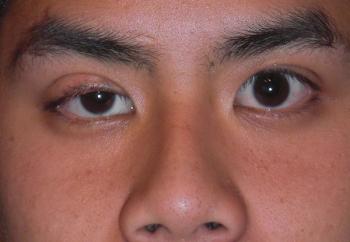
Oxymetazoline hydrochloride has been recognized by the publication as a winner of its Best of Beauty Breakthrough Award.

Oxymetazoline hydrochloride has been recognized by the publication as a winner of its Best of Beauty Breakthrough Award.

Sotrovimab, a monoclonal antibody, appears to reduce the risk of progression of mild-to-moderate cases of COVID-19 in patients at high risk of progression.

The agreement also includes an exclusive option for Novartis to acquire Kedalion and its AcuStream technology. No financial terms were disclosed.
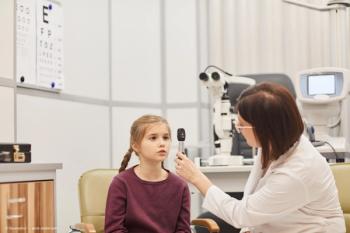
The Children’s Vision Equity Alliance was created to improve acces in children’s vision and eye health, working to advance equity in children’s vision and eye health through education, access, policies, and partnerships.

The 12-Month OMNI data from the prospective, multicenter GEMINI clinical trial show statistically significant postoperative reductions in mean IOP and suppression of daily IOP fluctuations.

A web app-based personalized music intervention before cataract surgery may lower anxiety levels or reduce the need for sedative medication.

CellSight researchers at the Sue Anschutz-Rodgers Eye Center were published for a discovery that could lead to early diagnosis and intervention of dry age-related macular degeneration.

Veeral Sheth, MD, presents research finding faricimab, a bispecific monoclonal antibody, provided sustained retinal stability in patients with diabetic macular edema (DME) compared with other retinal treatments.
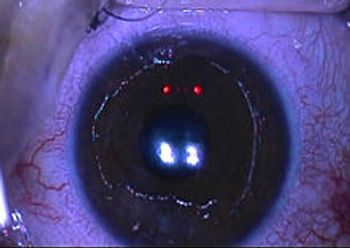
Shady Awwad, MD, discusses how the application of mitomycin C after corneal crosslinking does not prevent development of corneal haze after the procedure and actually contributes to development of more corneal haze.

Gareth Lema, MD, PhD, spotlights a treatment could provide benefits for patients with central retinal artery occlusion.

The results are in! Check out how your institution ranked in the 2021 Ophthalmology Times® Best Program Survey.

Bausch + Lomb's Yolande Barnard, shares an update on the FDA approval of XIPERE for the treatment of macular edema associated with uveitis.
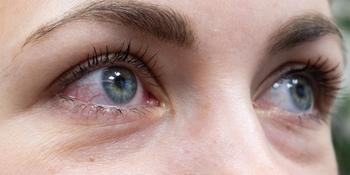
Dilsher Dhoot, MD, reports results of the KESTREL and KITE trials, in which brolucizumab was compared with aflibercept for treating diabetic macular edema.

Investigators from the University of Maryland found that uncovering the mechanism of vision loss in Usher syndrome yields additional drug targets for eventual development of better therapies.

Unity Biotechnology announces improvement in visual acuity sustained through 24 weeks following single dose of UBX1325 in Phase 1 study of patients with advanced vascular eye disease.

Alcon this week announced its plans to acquire glaucoma surgery device maker Ivantis Inc. in a $475 million deal.

Perspectives from a pediatric ophthalmologist and mother.

Organizations are urging consumers to be aware of insurance policies that can limit their access to sight-saving procedures and treatments.
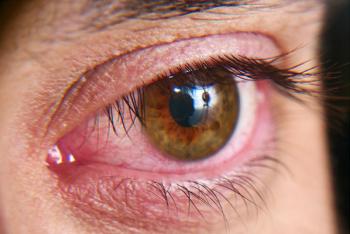
Aldeyra Therapeutics announced today that it has achieved the primary endpoint of ocular redness in its randomly assigned, double-masked, vehicle-controlled Phase 2 clinical trial in dry eye disease.

Allergan developed VUITY, which it noted is the first and only FDA-approved eye drop to treat presbyopia.

Investigators in Australia are developing a new rapid screening test for glaucoma that could help advance early detection of the disease.

The Cleveland Clinic named Rishi Singh, MD, president of the Cleveland Clinic Martin North and South hospitals in Martin County, Florida.

Two photographs are selected by an independent panel of five judges for this year’s honors.

A team of investigators from the University of Michigan may have unlocked a potential new recipe for counteracting the impact that COVID-19 has on patients with underlying disease processes such as type 2 diabetes.

The study investigated rates of cognitive impairment among survivors of COVID-19 who had been treated in outpatient, emergency department, or inpatient hospital settings.

The Academy's annual meeting set for November 12 to 15 in New Orleans.
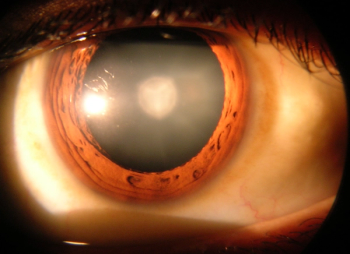
According to investigators, the risk of death from strokes, heart attacks and other vascular causes is increased by more than a third.

According to a team of French investigators, every patient hospitalized with severe COVID-19 cases in their study had retinal and choroidal anomalies on indocyanine green angiography and optical coherence tomography images that were possibly related to the virus.

Bausch + Lomb and Clearside Biomedical announced Monday that the U.S. Food and Drug Administration has approved XIPERE (triamcinolone acetonide injectable suspension) for suprachoroidal use for the treatment of macular edema associated with uveitis.

According to the company, Susvimo is a first-of-its-kind therapeutic approach for wet AMD and may help people with the disease maintain their vision with as few as two treatments per year.